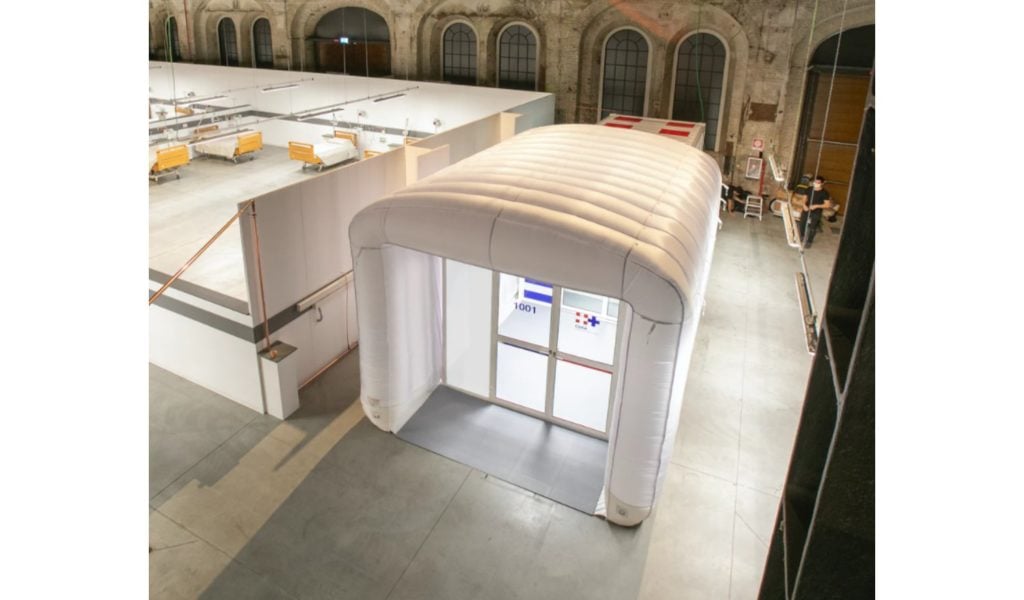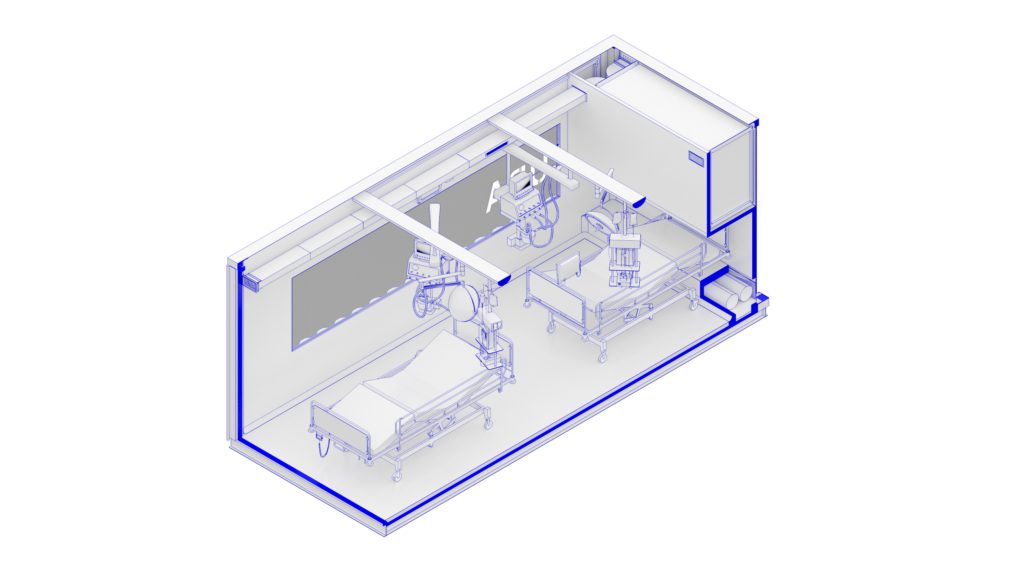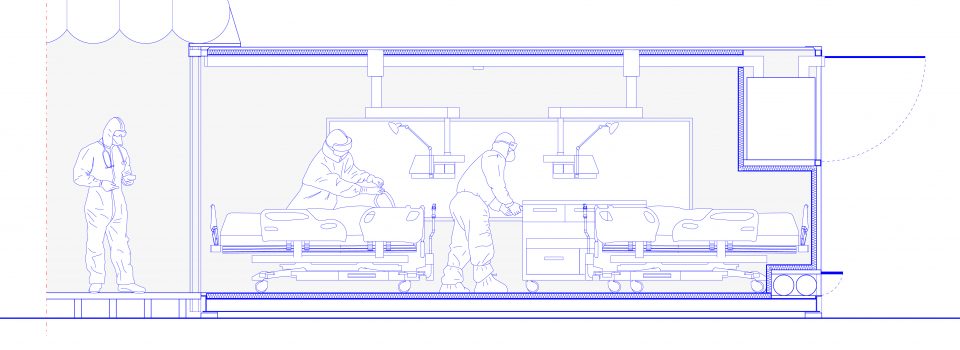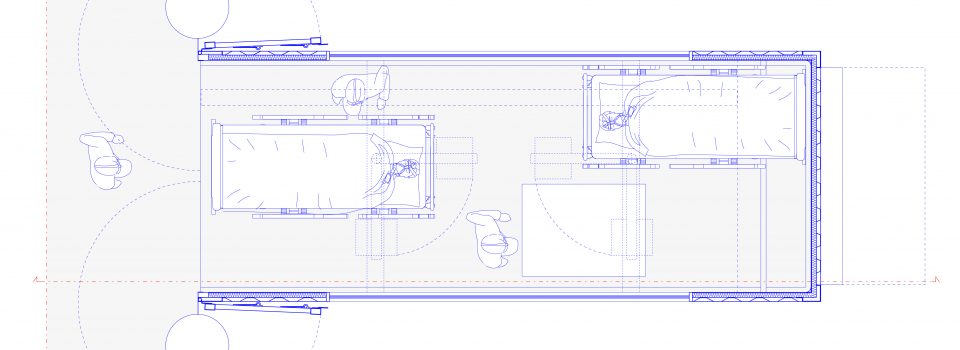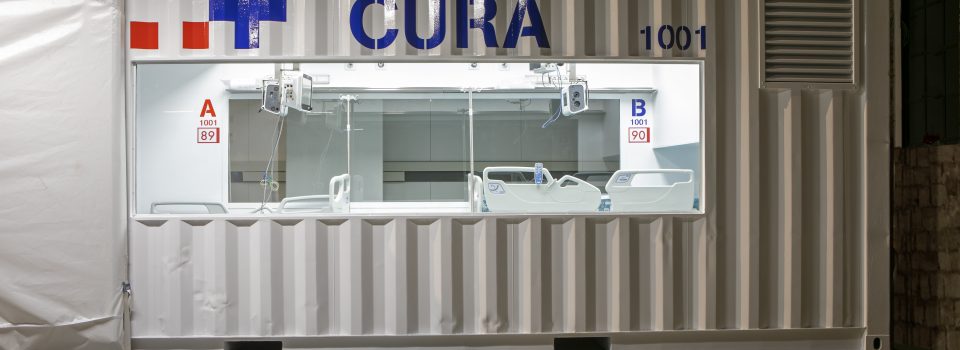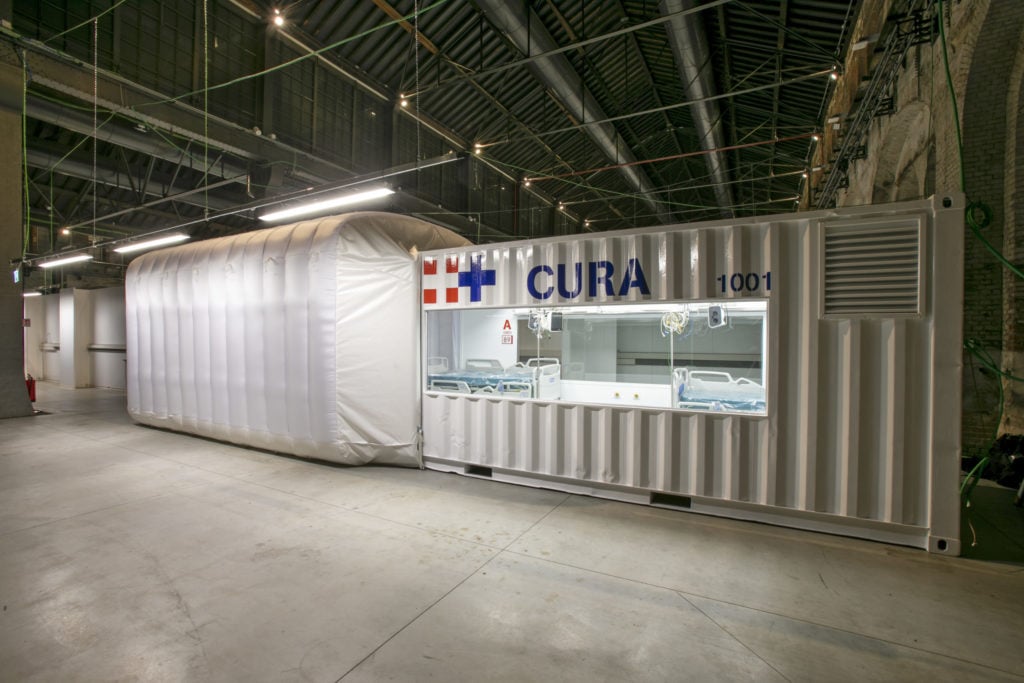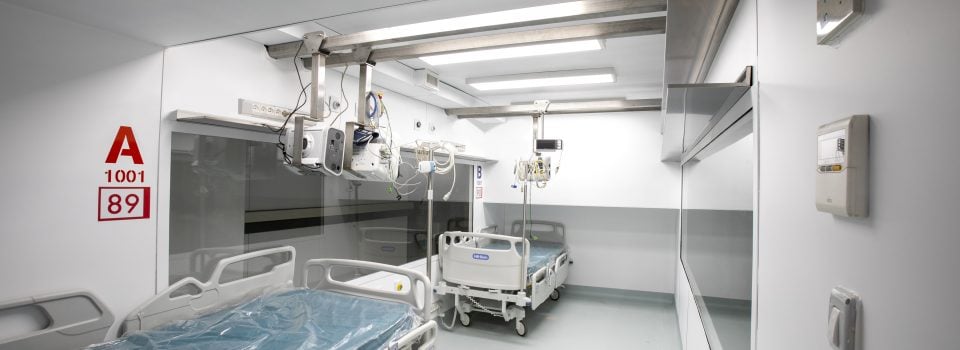CURA Pods
Carlo Ratti Associati
A plug-in intensive care units (ICU) from shipping container was built and installed at a hospital in Italy in response to the COVID-19 pandemic.
Nearly Ready (Prior Use Cases)
$150,000
2 residents / 1 unit
$75,000 / resident
Medium Term (1-10 years)
| 29 days offsite | 1 days onsite |
As the COVID-19 pandemic spreads internationally, the first prototype of an open-source project to create plug-in intensive care units (ICU) from shipping container was built and installed at a hospital in Italy. CURA (acronym for “Connected Units for Respiratory Ailments” and also “Cure” in Latin) proposes a quick-to-deploy solution to expand emergency facilities and ease the pressure on healthcare systems treating patients infected by coronavirus. CURA strives to be as fast to be mounted as a hospital tent, but as safe as a regular isolation ward to work in, thanks to the comprehensive biocontainment equipment. The first CURA pod admitted patients on April 19th, 2020 at a new temporary hospital set up in Turin, northern Italy, one of the world’s hardest-hit regions by the pandemic.
- Quoted Total Cost: $150,000
- Planned Occupancy (1 person/bed): 2 beds
- Estimated Cost Per Bed: $75,000
- Quote’s Total Interior Square Footage: 63 sqft
- Quote Includes # Units: 1 units
- Used for Shelter Before: Not used as shelter yet
- Readiness: Ready (In Stock)
- In Stock / Ready to Ship Today: No
- Manufacturer Identified and Available: N/A
- Setup Speed: <30 days
- Setup Difficulty: Low skill (RV, tent)
- % Built Onsite: <10% – Arrives Ready, Almost All Built/Assembled Off-Site
- Portability: Semi-Mobile (detachable, minor disassembly)
- Intended Use of Shelter: Medium Term (1-10 years)
Additional Background
CURA was designed and produced in four weeks as a result of the joined effort of an international task force. The group includes, among the others, designers at Carlo Ratti Associati with Italo Rota, engineers at Jacobs, and health technology company Philips for medical equipment supply. The first prototype in Turin has been developed with the financial sponsorship of the Pan European bank UniCredit. CURA is supported by the World Economic Forum (COVID-19 Action Platform and Cities, and Infrastructure and Urban Services Platform). The list of contributors feature Humanitas Research Hospital (Medical Engineering), Policlinico di Milano (Medical Consultancy), MIT Senseable City Lab (Research), Studio FM Milano (Visual Identity & Graphic Design), Squint/Opera (Digital Media), IEC Engineering (Fulvio Sabato – Safety and Certifications), Alex Neame of Team Rubicon UK (Logistics), Ivan Pavanello of Projema (MEP Engineering), Dr. Maurizio Lanfranco of Ospedale Cottolengo (Medical Consultancy), Gruppo Boero (Painting Products).
In the last weeks, hospitals in the countries most affected by COVID-19 have been struggling to increase their ICU capacity to admit a growing number of patients suffering from severe respiratory diseases, who are in need of ventilators. Regardless of how the pandemic situation would unfold, it is expected that more ICUs will be needed internationally in the next few months. CURA aims to improve the efficiency of the existing design solutions of field hospitals, producing a compact ICU pod that is quick-to-deploy and safe to work in for medical professionals.
Each unit is hosted in a 20-foot intermodal container, repurposed with biocontainment equipment. An extractor creates indoor negative pressure, complying with the standards of Airborne Infection Isolation Rooms AIIRs. Two glass windows carved on the opposite sides of the containers are meant for doctors to always get a sense of the status of patients both inside and outside the pods. Also, this would potentially allow external visitors to get closer to their relatives in a safer and more humane setting. Each pod works autonomously and can be promptly shipped to any location around the world, adapting to the needs of the local healthcare infrastructure.
The first CURA pod has been built and installed in the framework of the temporary hospital set up by top Italian health authorities in the former OGR industrial complex in the city of Turin (more info about the hospital below). CURA provides ICUs for the hospital, which has about 90 beds for patients affected by coronavirus. The pod contains all the medical equipment needed for two ICU patients, including ventilators and monitors as well as intravenous fluid stands and syringe drivers. The unit is connected to the rest of the hospital by an inflatable structure, which serves as storage and changing room. Potentially, the inflatable unit can be used to connect more than one pod to create multiple modular configurations, either in proximity to a hospital or as a self-standing field hospital.
CURA has been developed as an open-source project, with its tech specs, drawings and design materials made accessible for everyone online online (link). Such collective endeavor has also created an opportunity for testing new methods for international design collaboration. Since the project’s launch, in late March, more than two thousand people have shown an interest and contacted the CURA team to join the project, reproduce it, or provide technical advises. While the first prototype becomes operative in Italy, more units are currently under construction in other parts of the world, from UAE to Canada.
CREDITS
CURA-Connected Units for Respiratory Ailments: https://curapods.org/
The first unit of CURA, sponsored by UniCredit, is built and installed at the OGR temporary hospital in Turin, Italy
List of people and organizations who have contributed to CURA: CRA-Carlo Ratti Associati with Italo Rota (Design and Innovation), Humanitas Research Hospital (Medical Engineering), Policlinico di Milano (Medical Consultancy), Jacobs (Alberto Riva – Master Planning, Design, Construction and Logistics Support Services), MIT Senseable City Lab (Research), Studio FM Milano (Visual Identity & Graphic Design), Squint/Opera (Digital Media), IEC Engineering (Fulvio Sabato – Safety and Certifications), Alex Neame of Team Rubicon UK (Logistics), Ivan Pavanello of Projema (MEP Engineering), Dr. Maurizio Lanfranco of Ospedale Cottolengo (Medical Consultancy), Philips (Medical Equipment Supply), Gruppo Boero (Painting Products)
With the support of the World Economic Forum: COVID-19 Action Platform, and Cities, Infrastructure and Urban Services Platform
Photo credits: Max Tomasinelli
| Used for shelter before? | No |
| Manufacturer Identified | Yes |
| If so, list examples | |
| Prior use comments | Hospitals in Italy, starting in April 2020 |
| Building experience comments | |
| Intended use cases | |
| R-value (insulation) | |
| Risk Category | |
| Roof Load (PSF) | 0 |
| Indoor Clearance Height (ft) | |
| Waterproof? | |
| Professional Engineer Stamp? | |
| Conforms to ICC’s Temporary Structure and Uses Code | |
| Other Structural / Safety Comments | |
| Sustainability / Green Building Certifications? | |
| Materials Used / Made of: | |
| Disassembly / Assembly Comments: | |
| Ideal Mounting Surfaces | |
| Anchoring Process |
| Item | Cost ($) | Notes |
| Materials | $ | |
| Labor | $ | |
| Delivery | $ | |
| $ | ||
| $ | ||
| $ | ||
| Budget Total | $0 | |
| Total Per Bed | $0 | |
| Total Per Unit | $0 | |
| Add-on Items | ||
| Check all items that are not included in your quote (i.e. would need to be quoted by outside party) | ||
| List outside vendors needed to execute (including any architects and engineers) | ||
| Possible Delivery Method(s) | ||
| Design (days) | |
| Production (days) | |
| Site Prep (days) | |
| Delivery (days) | |
| Total (days) | 0 |
| Amount in Inventory (#) | |
| Production Capacity | |
| Production Location |




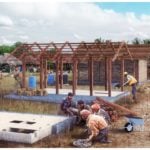
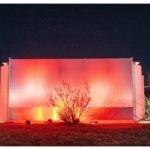
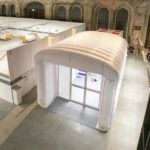

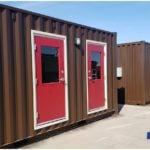
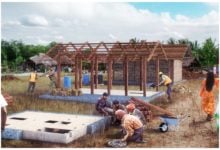
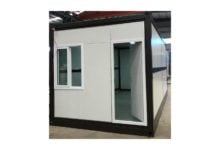 NEXT
NEXT